Understanding dashboard warning lights in your Lexus GX is essential for maintaining vehicle safety and preventing costly damage.
These lights alert you to potential issues ranging from minor maintenance needs to critical failures that could endanger you or others on the road. By recognizing and responding promptly, you can ensure your vehicle runs smoothly and avoid breakdowns.
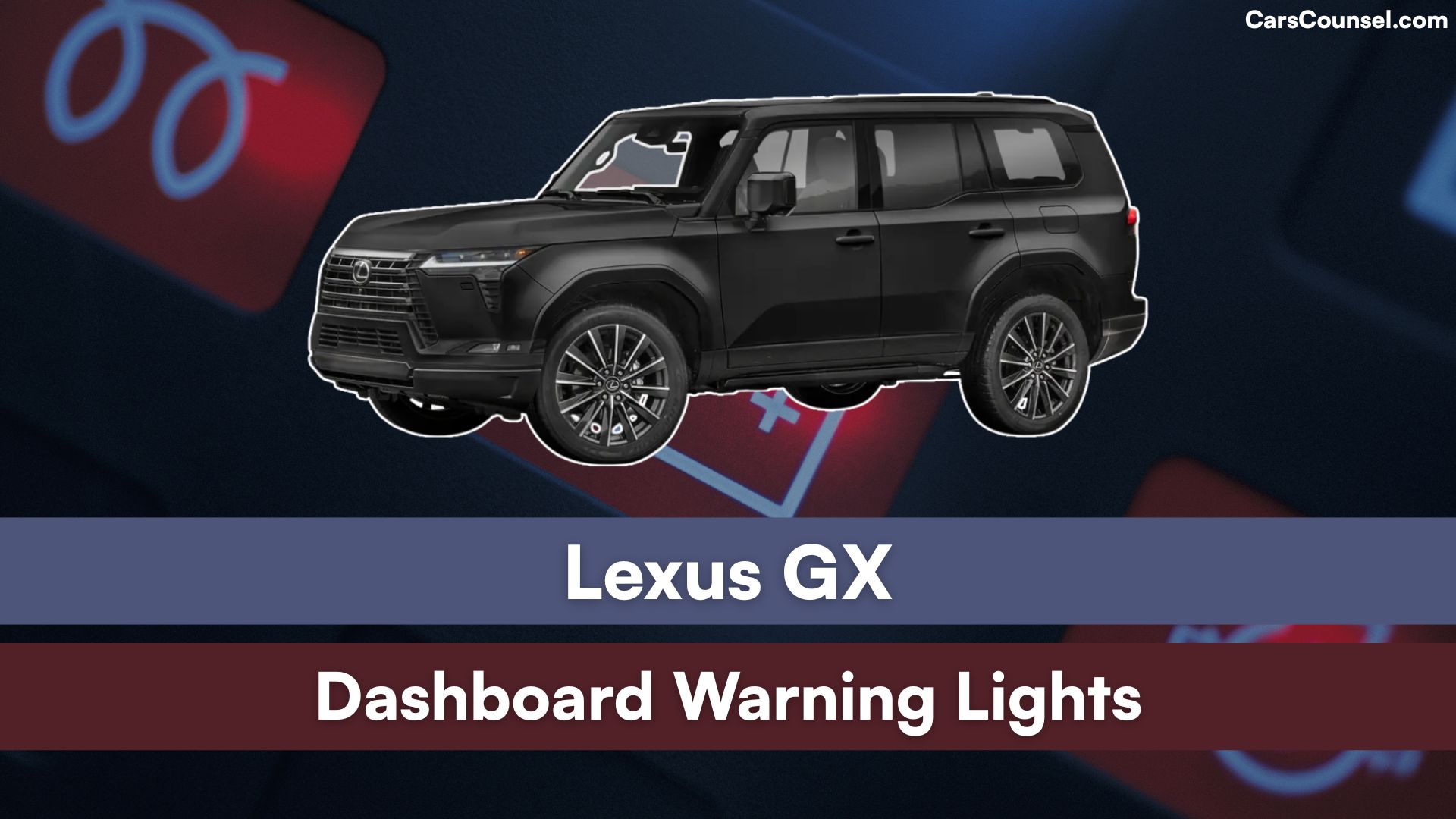
Quick Navigation
Red Warning Lights (Stop Immediately)
These lights signal serious problems that require you to pull over safely right away to avoid accidents or further damage.
Engine Oil Pressure
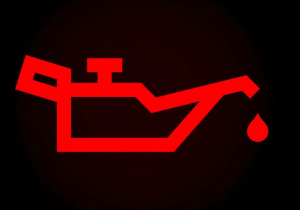
This light means low oil pressure, which can cause engine overheating or failure. It often results from low oil levels or a faulty pump. Stop driving immediately, check the oil level, and add oil if needed or call for roadside assistance.
Brake System Alert
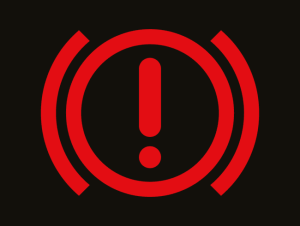
This indicates a problem with the brakes, like low fluid or a hydraulic issue. It could lead to reduced stopping power. Pull over safely, avoid driving, and have a mechanic inspect the brakes right away.
Battery Charge Warning
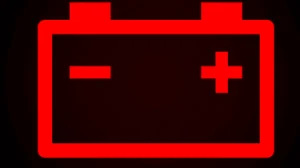
This shows the battery isn’t charging properly, possibly due to a failing alternator or loose belt. It may cause the vehicle to stall. Stop the car, turn off non-essential electronics, and seek professional help to check the charging system.
Coolant Temperature Warning
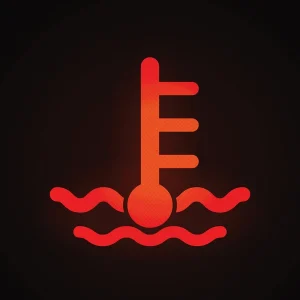
This alerts you to high engine temperature, often from low coolant or a cooling system leak. Overheating can damage the engine. Stop immediately, let the engine cool, check coolant levels, and do not drive until fixed.
Airbag System Warning

This means there’s a fault in the airbag system, which might prevent airbags from deploying in a crash. It could be caused by a sensor issue or wiring problem. Stop and have it checked at a service center to ensure safety features work.
Seatbelt Reminder
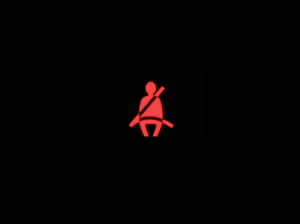
This reminds you or passengers to buckle up, flashing red if ignored. Unbuckled seatbelts increase injury risk in accidents. Stop and ensure everyone fastens their seatbelts before continuing.
Power Steering Failure

This indicates a problem with the power steering, making the wheel hard to turn. It might be due to low fluid or a pump failure. Pull over safely and contact a mechanic, as steering could become difficult.
Transmission Overheat
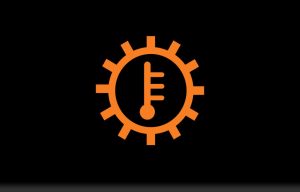
This warns of high transmission fluid temperature, possibly from heavy towing or low fluid. It can lead to transmission damage. Stop driving, let it cool, and visit a service center for inspection.
Low Brake Fluid

This signals low brake fluid levels, which can affect braking performance. Leaks or worn pads might be the cause. Park immediately and add fluid if possible, but get professional help to fix any leaks.
Door Ajar Warning
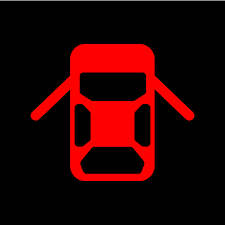
This shows a door isn’t fully closed, which could be unsafe at speed. It prevents proper latching. Stop, check all doors, and close them securely before driving on.
Hood Ajar Warning
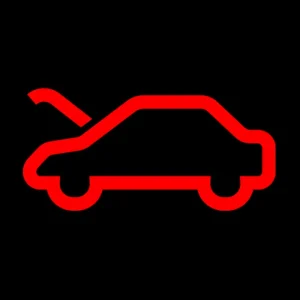
This indicates the hood isn’t latched properly, risking it opening while driving. Wind or bumps could cause this. Pull over, secure the hood, and ensure it’s locked.
Trunk Ajar Warning
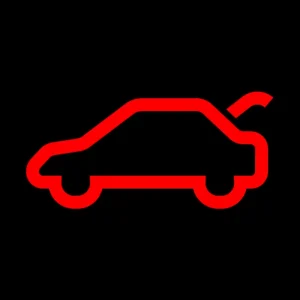
This means the trunk or rear gate isn’t closed fully, potentially allowing items to fall out. Stop and close it properly to avoid loss or distraction.
Master Warning Light
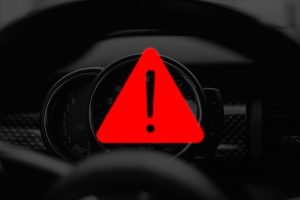
This red triangle highlights a critical system fault, often with a message. Various serious issues trigger it. Stop immediately and refer to the owner’s manual or call for help.
Parking Brake Engaged
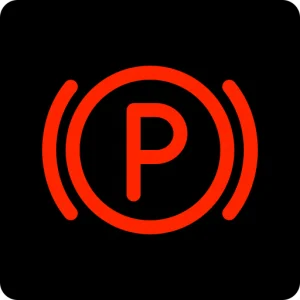
This shows the parking brake is on while driving, which can overheat brakes. Release it carefully, but if it won’t disengage, stop and inspect for issues.
Engine Overheat Alert
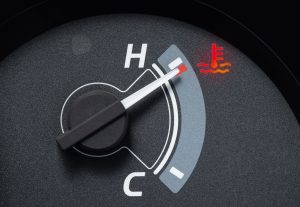
This duplicates coolant warnings but focuses on extreme heat from blockages or failures. Stop, turn off the engine, and wait for cooling before checking.
Yellow/Amber Warning Lights (Action Required Soon)
These lights suggest issues that need attention soon, but you can usually drive to a safe spot or service center.
Check Engine Light
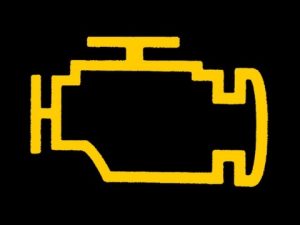
This indicates an engine or emissions problem, like a faulty sensor or loose gas cap. It affects performance or fuel efficiency. Have it scanned at a service center soon to diagnose and fix.
ABS Warning
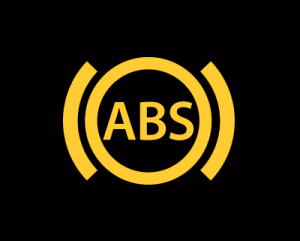
This means the anti-lock brake system isn’t working, reducing control in hard stops. A sensor or module fault might cause it. Drive carefully and get it repaired promptly.
Tire Pressure Monitoring
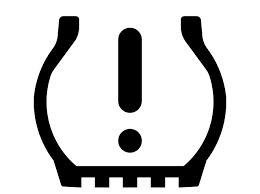
This alerts to low tire pressure in one or more tires, affecting handling and fuel use. Underinflation or a puncture is common. Check and inflate tires to the recommended pressure soon.
ESP Stability Control
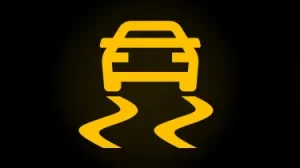
This shows the electronic stability program is faulty, impacting traction on slippery roads. Sensor issues or low fluid could trigger it. Schedule a service visit to restore control systems.
Low Fuel Warning
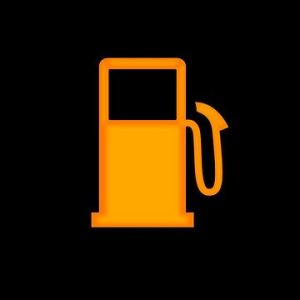
This indicates the fuel level is very low, risking running out. Fill up at the next station to avoid being stranded.
Service Reminder
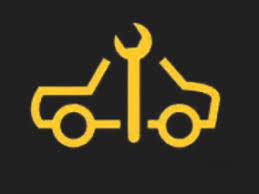
This reminds you of scheduled maintenance, like oil changes. Ignoring it can lead to wear. Visit a service center for the required upkeep.
Low Washer Fluid

This means the windshield washer fluid is low, limiting visibility cleaning. Refill the reservoir soon to maintain clear views.
Bulb Failure Indicator

This warns of a burned-out exterior light, like headlights or taillights. Replace the bulb promptly for safe night driving and signaling.
Glow Plug Indicator

This lights up if there’s an issue with the glow plugs in diesel models, affecting cold starts. Though GX is typically gas, check and replace if needed at a mechanic.
DPF Warning
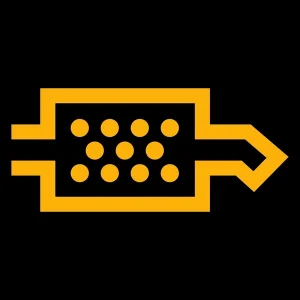
This indicates a problem with the diesel particulate filter, which cleans exhaust. Clogging from short trips causes it. Drive at highway speeds or service it, even if GX isn’t diesel standard.
Transmission Warning
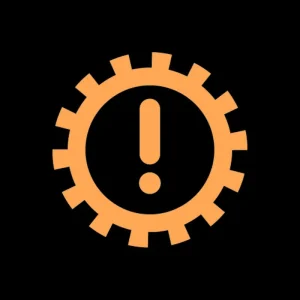
This signals a transmission issue, like slipping gears or sensor faults. It may cause rough shifting. Have it checked soon to prevent damage.
4WD System Warning
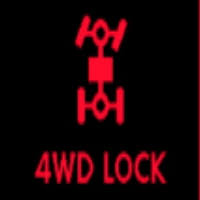
This means a fault in the four-wheel-drive system, affecting off-road capability. Wiring or actuator problems trigger it. Get it inspected before using 4WD.
Lane Departure Alert
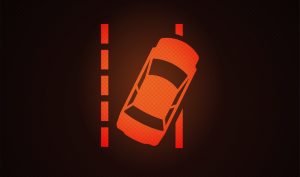
This warns if the lane-keeping system detects drifting without signaling. It helps prevent accidents. Calibrate or service if it persists.
Blind Spot Monitor
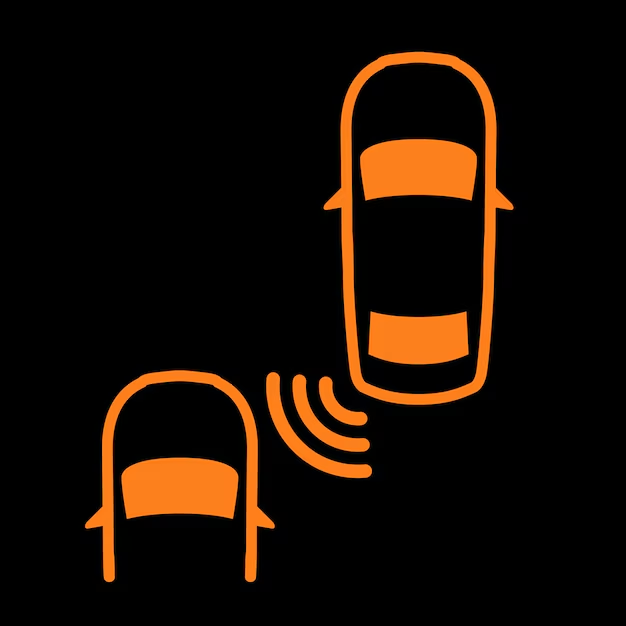
This indicates a malfunction in blind spot detection, reducing awareness of nearby vehicles. Clean sensors or visit a service center.
Forward Collision Warning

This shows an issue with the pre-collision system, which brakes to avoid crashes. Sensor blockage might cause it. Clean and test, or seek professional repair.
Green Information Lights (Information Only)
These lights provide status updates on active systems or features, requiring no immediate action.
High Beam Indicator

This shows the high beam headlights are on, improving night visibility. No action needed; it’s just confirmation.
Turn Signal Indicator
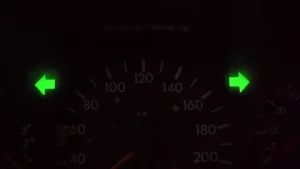
This flashes when turn signals are active, alerting others to your direction change. It reminds you to turn them off after use.
Cruise Control Active
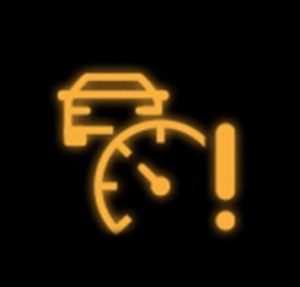
This indicates cruise control is engaged, maintaining set speed. Adjust as needed for traffic.
Eco Mode Indicator
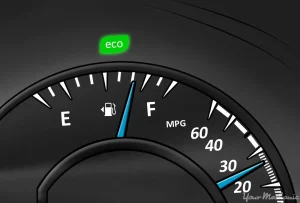
This lights up when eco mode is on, optimizing fuel efficiency by adjusting throttle. Switch modes based on driving needs.
4WD Low Mode
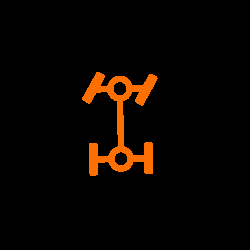
This indicates low-range 4WD is engaged, for steep or slow off-road driving. Shift out when back on pavement.
Multi-Terrain Select
This indicates a terrain mode like mud or rock is selected, adjusting traction. Choose based on surface.
Headlight On Indicator

This confirms headlights are on, either auto or manual. Ensures visibility in low light.
Fog Light On

This shows front or rear fog lights are active, for poor weather visibility. Turn off when not needed.
Hazard Lights Indicator

This flashes when hazard lights are on, warning others of a stopped vehicle. Use in emergencies.
Seat Heater On
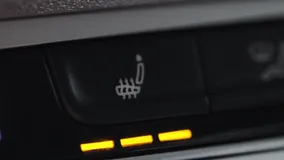
This indicates seat heaters are warming the seats. Adjust temperature for comfort.
Rear Defroster On
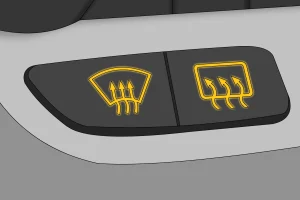
This shows the rear window defroster is active, clearing fog or ice. It auto-turns off after a while.
When looking at Lexus, make sure to check out our guides on models like the Lexus ES, Lexus GS, Lexus IS, and Lexus LX. Understanding dashboard warning lights is essential. Our expert reviews break down what each light means, highlighting common alerts for these models and what they could signal about underlying issues, so you’re never left guessing behind the wheel.

